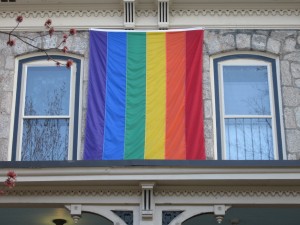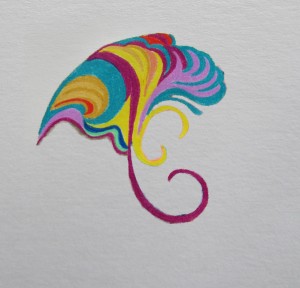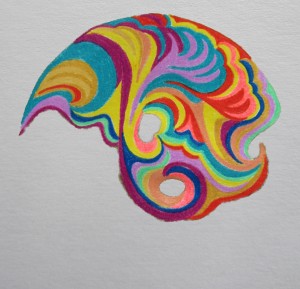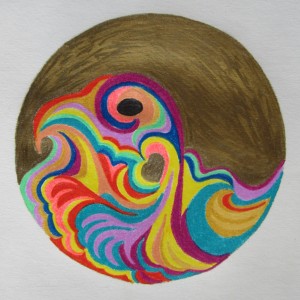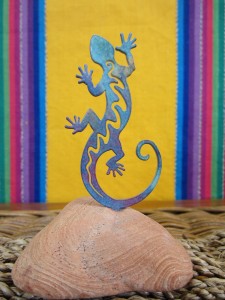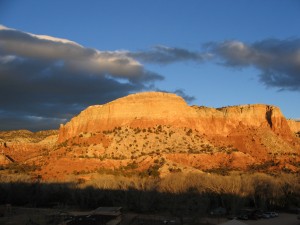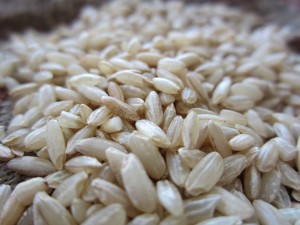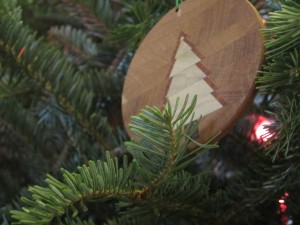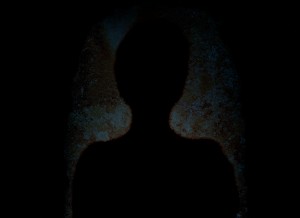
Last week, in observance of Good Friday, I posted a blog titled The Cross Speaks, listening to the story of the tree that was destroyed in order to make a cross. This week, in observance of Easter, I considered writing one titled The Tomb Speaks. I found myself wondering what the empty tomb in the Christian resurrection story might have to say to us.
So I allowed myself to go there. In my imagination I entered a dark, empty chamber hewn out of the side of a hill. It was cool. I was alone. I sat down on the ground to listen for the words that the tomb might want to speak, but all I heard was silence. The silence was deep, and it was filled with wisdom that was beyond words. It’s wisdom was of a mystery, of an unfathomable transformation. It was not a chamber of endings, as we usually believe it to be, but a container for profound metamorphosis.
I realized then how hard we try to ward off the tomb’s silence with our trumpet voluntaries and fill its emptiness with our certainties and dogmas. But Mystery cannot be defined, its nature cannot be grasped.
This past Easter Sunday, I was taking an afternoon walk in the woods with some friends along Ridley Creek outside of Philadelphia, and towards the end of our walk I stopped for a moment, standing next to the creek as the brilliant late-day sunlight slanted through the trees. I soon found myself opening to that state of Oneness in which there is no barrier between myself and the All, between the “living” and the “dead”. I felt the presence of dear ones who have left this world — the familiar energy signatures of their love — and felt myself one with the trees, the creek, the birds, the sunlight reflecting off the water. The beauty of it moved me to tears.
It was a moment in which I perceived the mysterious truth that the empty tomb in its silence taught. In resurrection it isn’t death that is vanquished, for death is the natural culmination of life, but rather it is our fear of death, our misunderstanding of death that is overcome. This, I believe, is what the early Christians meant when they said that death had lost its sting.
May that incomprehensible Mystery that is beyond the reach of all our words hold you in its gentle, beautiful, silent truth.
